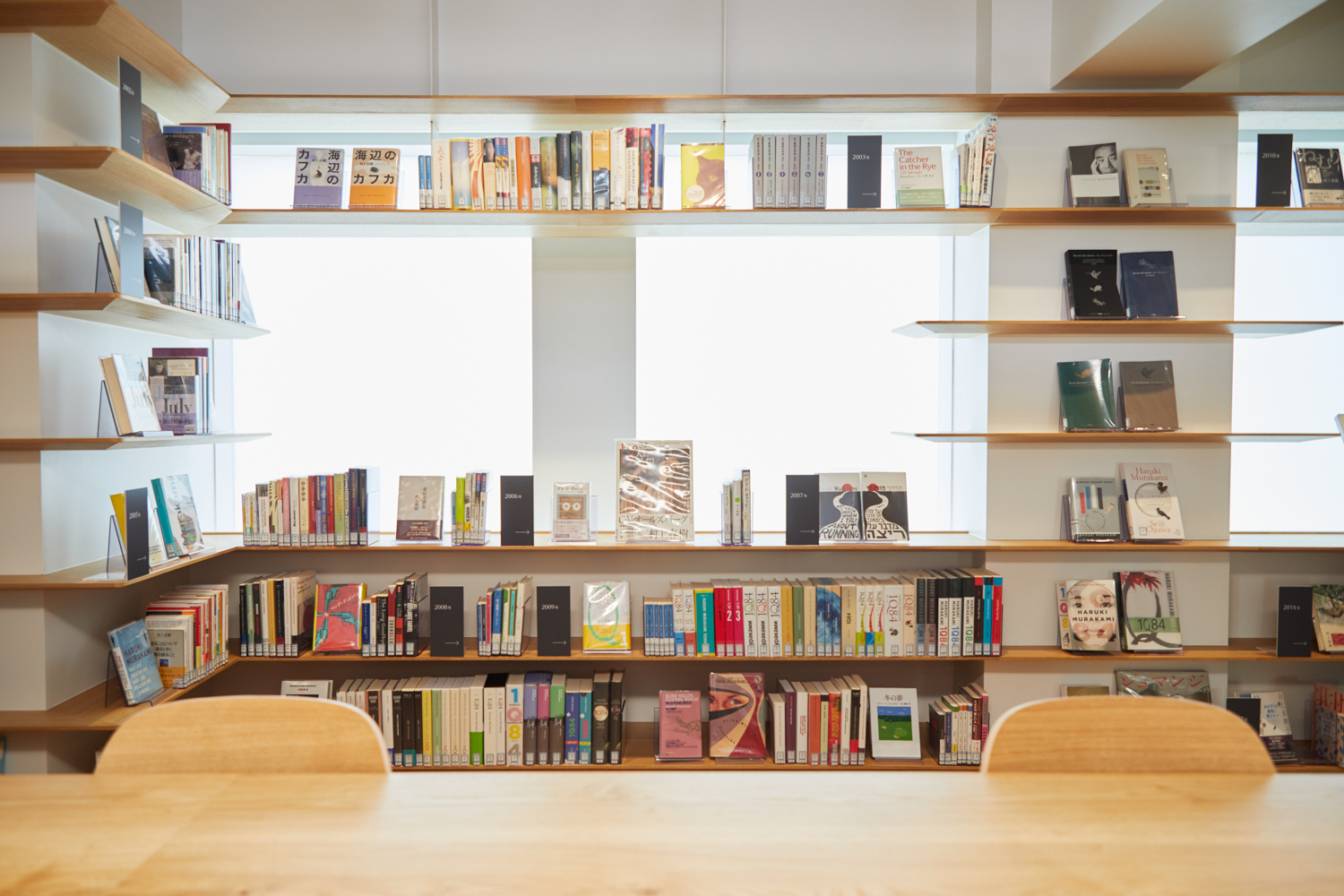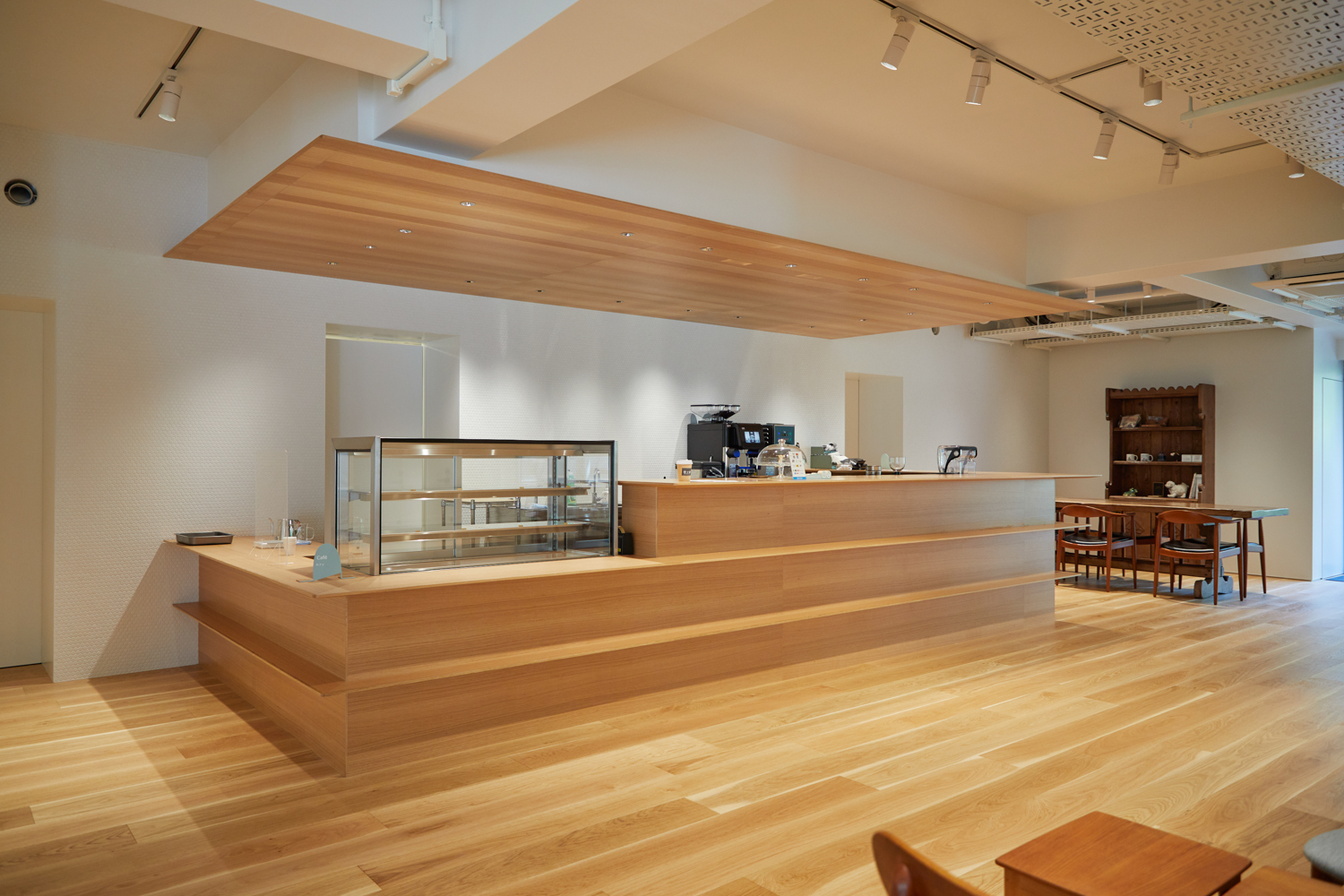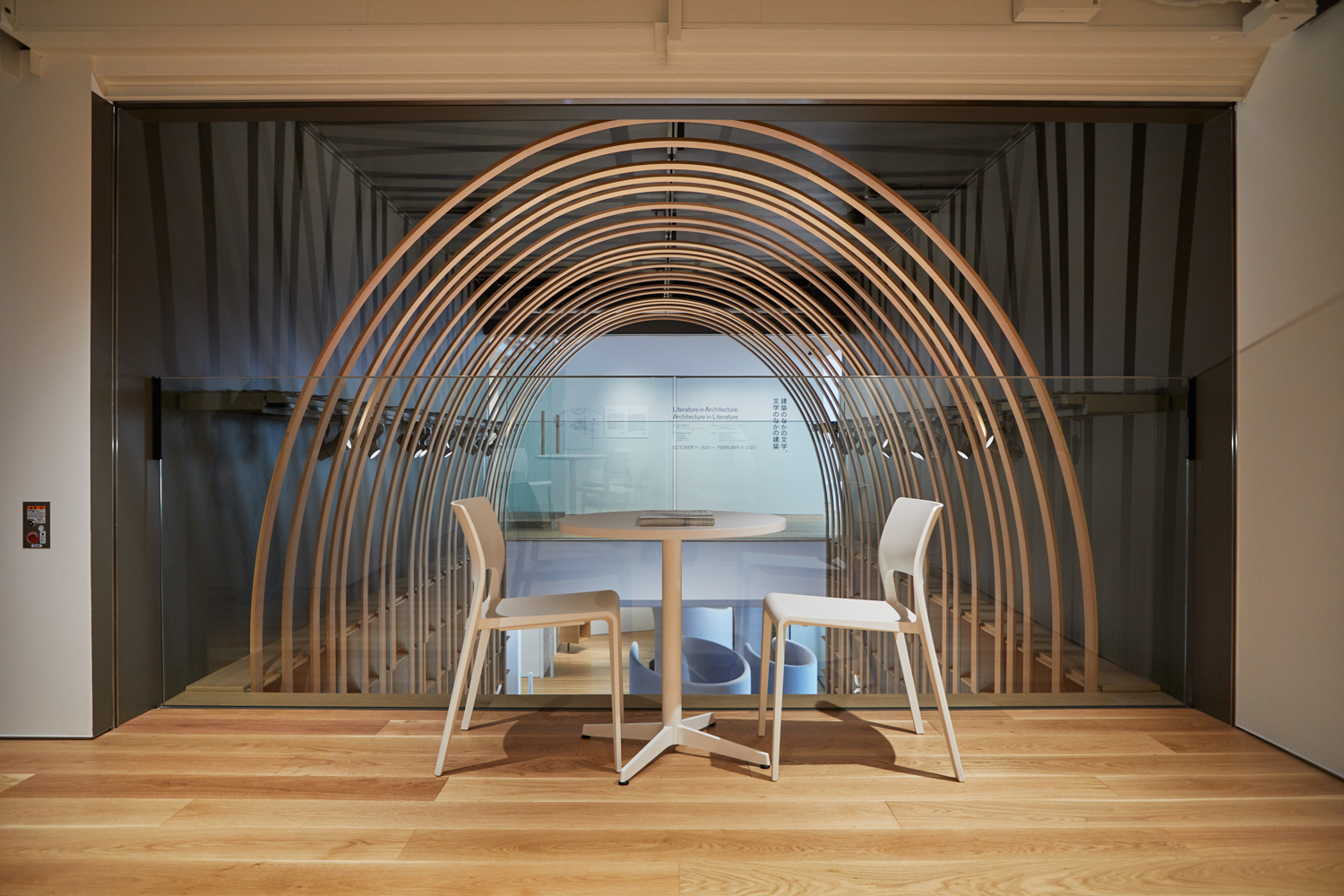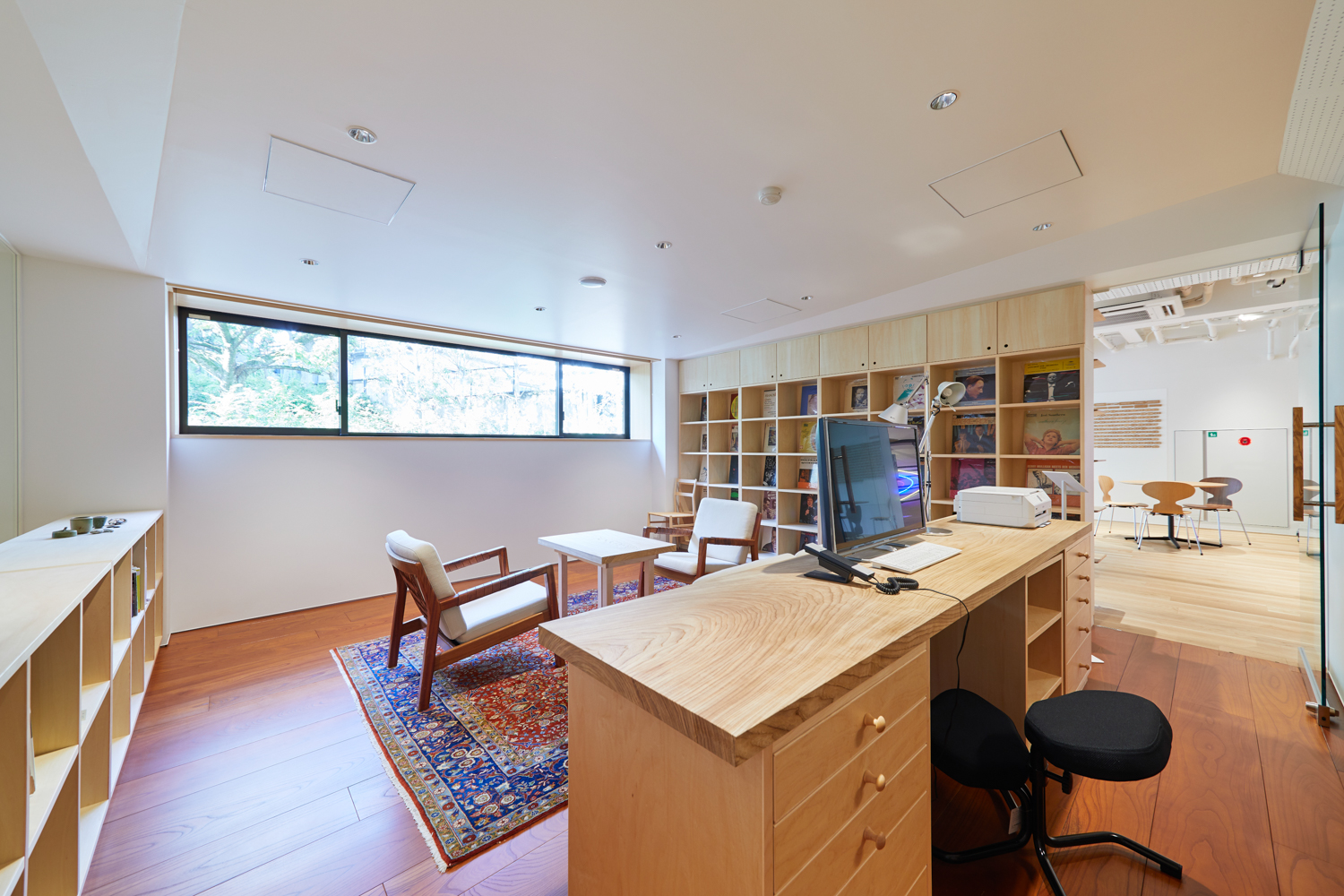DESIGNED BY KENGO KUMA AND NAMED AFTER HARUKI MURAKAMI, THE NEWLY OPENED LIBRARY AT THE FACULTY OF LETTERS, ARTS, AND SCIENCES, WASEDA UNIVERSITY LEADS THE READERS INTO ANOTHER SPHERE, AKIN TO READING MURAKAMI’S HYPNOTIC NOVEL WHERE ONE JOURNEY INTO ANOTHER WORLD
TEXT: CHAIYOSH ISAVORAPANT
PHOTO COURTESY OF WASEDA UNIVERSITY
(For Thai, press here)
The Faculty of Letters, Arts and Sciences’ decision to build the Haruki Murakami Library has been very exciting news for the professors, students and everyone over at Waseda University. The library is named after one of the most prolific contemporary Japanese authors with internationally groundbreaking works. It’s been said that Murakami has been shortlisted for the Nobel Prize in literature nominations several times, although the definite truth about the matter has never been confirmed since the list is highly secretive. The rumor, however, has spiked up the sales of his books as Murakami’s works continue to gain more interest from the general public worldwide. Giving the green light to build a library on the university’s campus where a vacant plot of land is relatively scarce has, understandably, sparked many reactions.
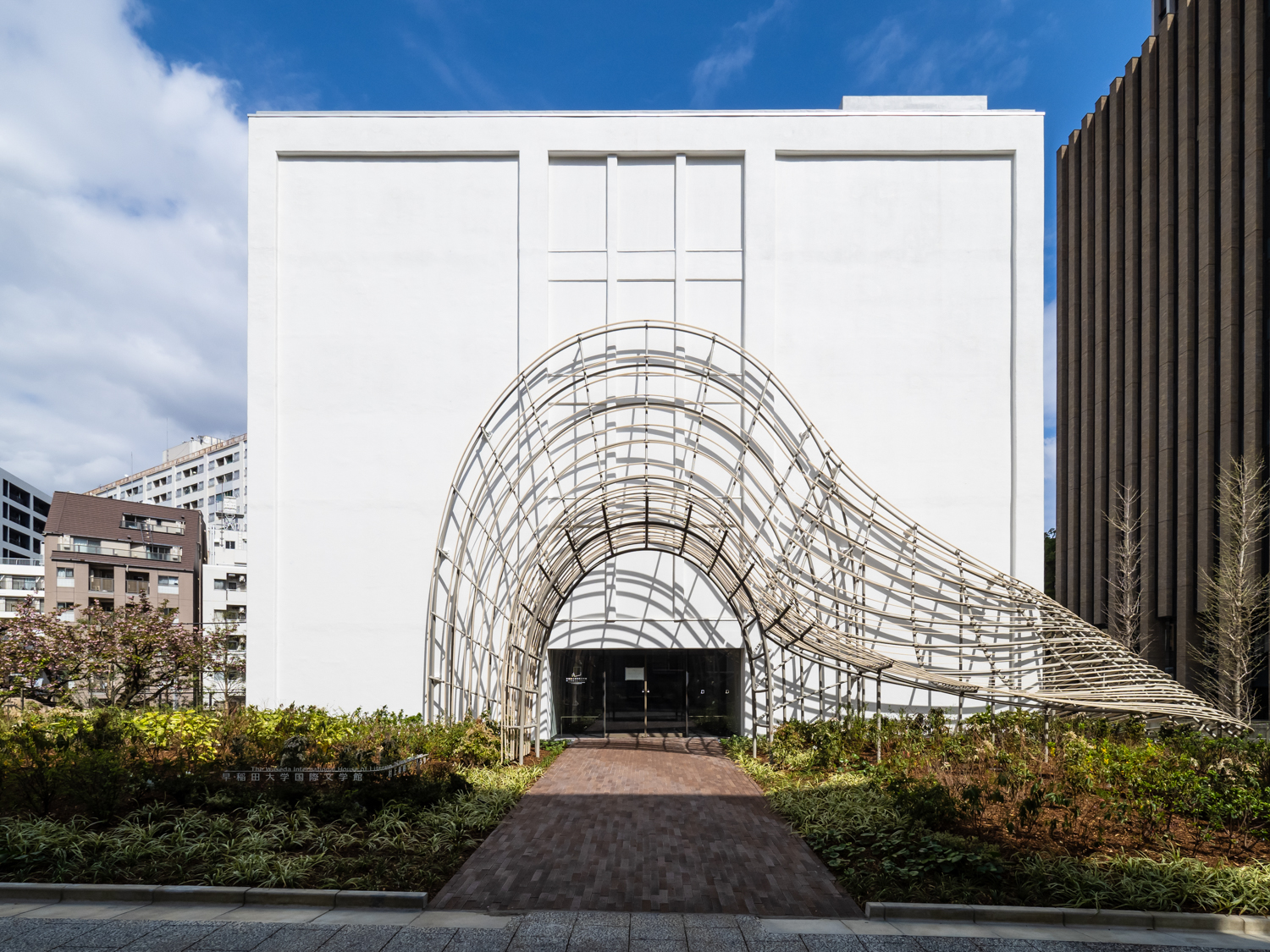
Murakami’s time at Waseda University was longer than most students for he was there at the time when student protests were erupting and having a great deal of influence on people in the society at the time. He enrolled in the Faculty of Letters, Arts and Sciences and was interested in film, particularly American cinema. He graduated with a thesis on a road movie called, ‘Easy Rider’.
While the Japanese literature community often criticizes his works for not being ‘Japanese’ enough, Murakami’s extensive literary background is widely known, especially his knowledge in European, American and Japanese literature from the 20th Century. The criticism ignited several debates and even Murakami did mention himself about how he was aware that he is the black sheep among the white sheep of the Japanese literature community. As a Waseda student who has read a wide number of Japanese literature, I agree with the criticism, at least to a certain extent.
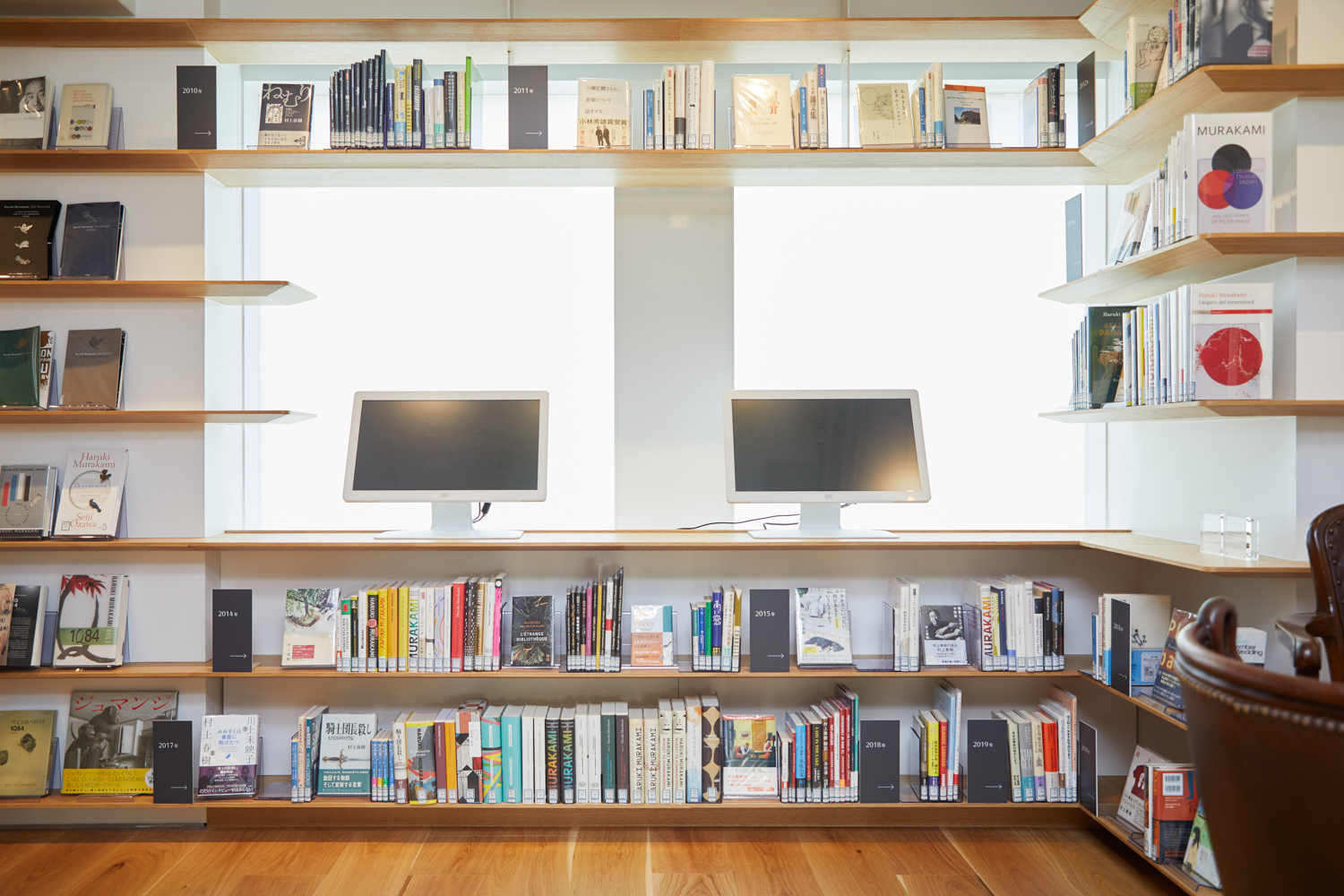
Before and after his graduation, Murakami was running a café/jazz bar named Peter Cat in Kokubunji, Tokyo. The town is home to an interchange railway station of the same name, and is located quite far from the city center. At the time the area housed countless shops and cafes, keeping Kokubunji’s energy bustling throughout the day, while at night, office workers would stop for a drink or two before heading home. Peter Cat was doing well for several years, according to Murakami’s words, even though it was later relocated to a different neighborhood. Despite the business going well, he pursued his interest in writing before his novelist career began to take off, earning him both the awards and financial success, and leading him to become a full-time author. And the rest, like many of us already know, is history.
Murakami worked as both a translator, an editor for many publications while producing his own works, which were both fiction and non-fiction. His high quality documentary pieces range from running (Murakami was an ultra marathon runner for a while), to a collection of interviews of people who were affected by the Tokyo subway sarin gas attack by the Aum Shinrikyo cult.
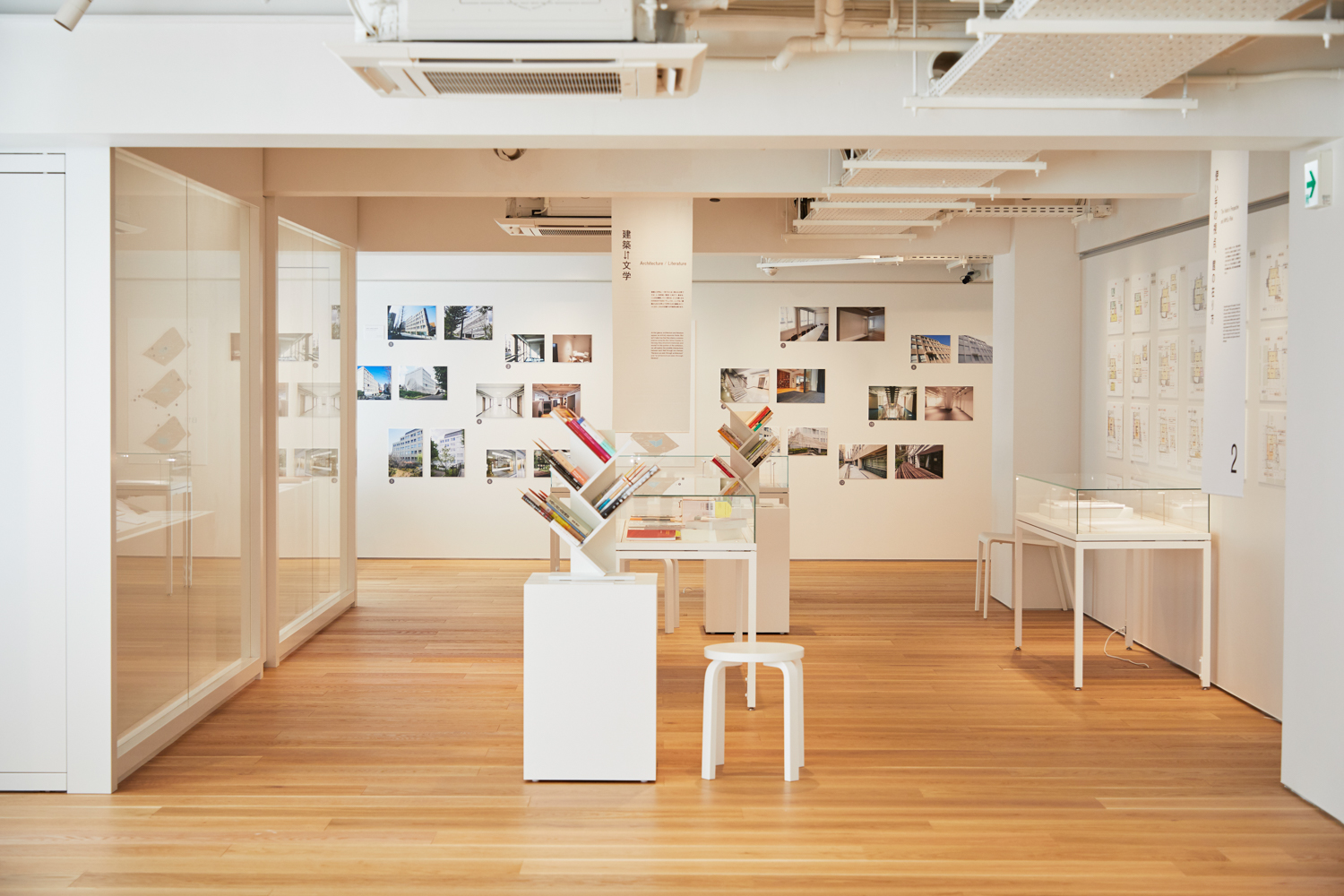
Apart from being an avid reader of western literature, the novelist is a jazz music buff and a fan of pop music. It explains why a lot of the protagonists in his novels tell stories from the first person point of view with a penchant for music. Even Murakami’s jazz playlist has garnered interest from the online world. After gaining international success and the feeling of being an outsider in the Japanese literature community still hadn’t gone away, Murakami decided to spend his life overseas. He was in the States for a considerable period of time, and then went on to Europe, before only recently moving back to Japan. Having a close connection with American publishing houses and industry contributes to the international success of his works. He was invited to teach at several prestigious universities and awarded an honorary degree (Doctor of Letters) by Princeton University in 2008. There were, however, debates over the suitability of some of the awards he was given.


In terms of the location of the library, Waseda University is one of Japan’s oldest educational institutions with over 140 years of history and a long list of notable alumni. The main campus also sits almost right in Tokyo’s city center and is home to several old buildings constructed back in the early days when the university was first established. This main campus also houses the central library, which is known as one of the jewels of knowledge alongside other libraries of the country’s leading universities. The library is reported to house over 4.5 million books while the new addition was constructed a little over thirty years ago. As someone who was personally inside and used the library, I speculate that the new addition will be able to accommodate the growing collection of books for several decades to come.
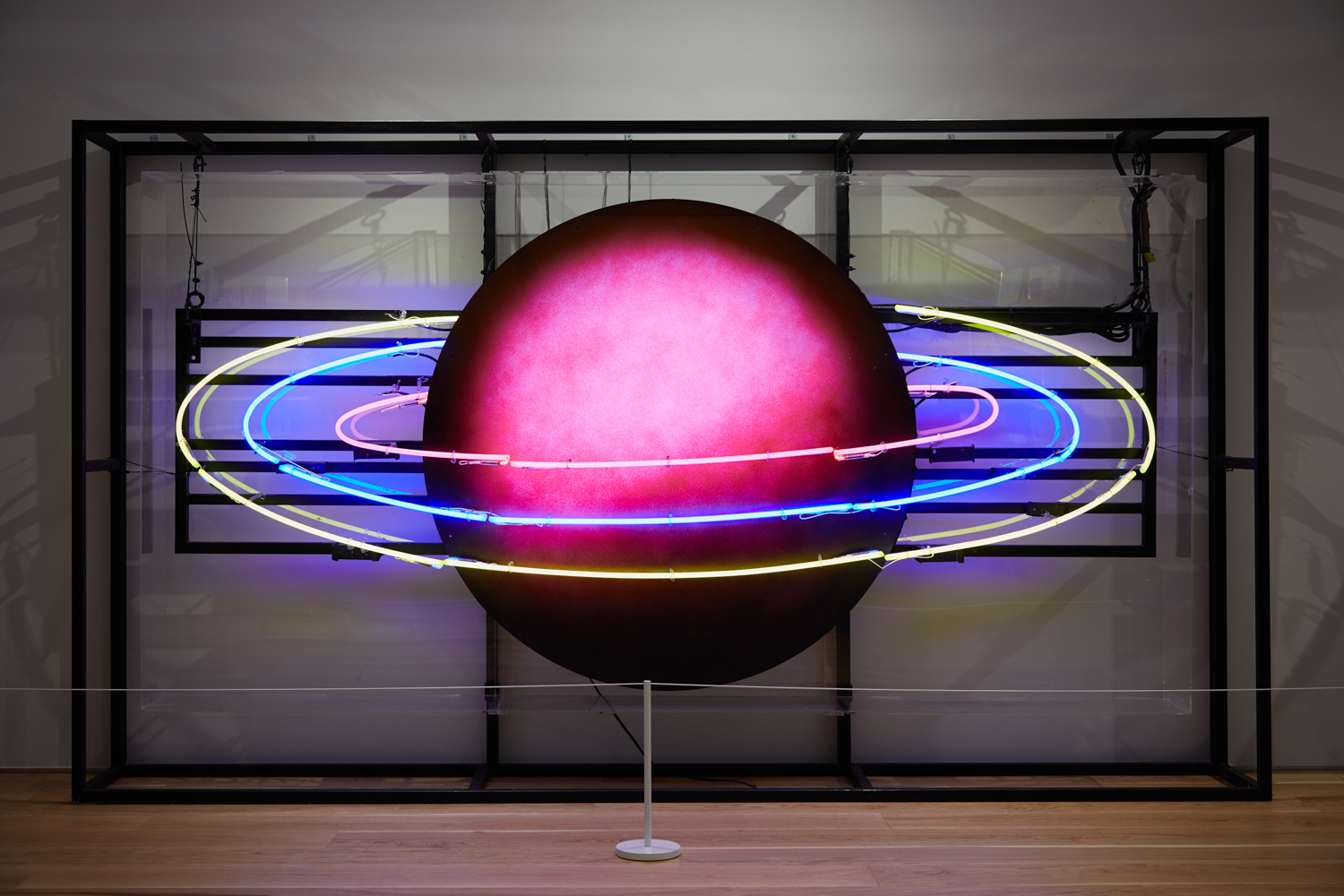
Murakami specifically requested for Kengo Kuma to be the architect of the library’s building. The project began with the idea of creating an entirely new world inside the site’s limited space. In his interview with TBS Television, the architect explained how he wanted the library to differentiate itself from other spaces of the university that are filled with an intense, serious academic atmosphere. The new library hopes to bring users into another world; to an entirely different space. Kuma also talked about how Murakami likes to build a new world for each of his stories; a tunnel that leads his readers into another sphere. In a way, the work is a literal interpretation of Murakami’s surreal and hypnotic world.
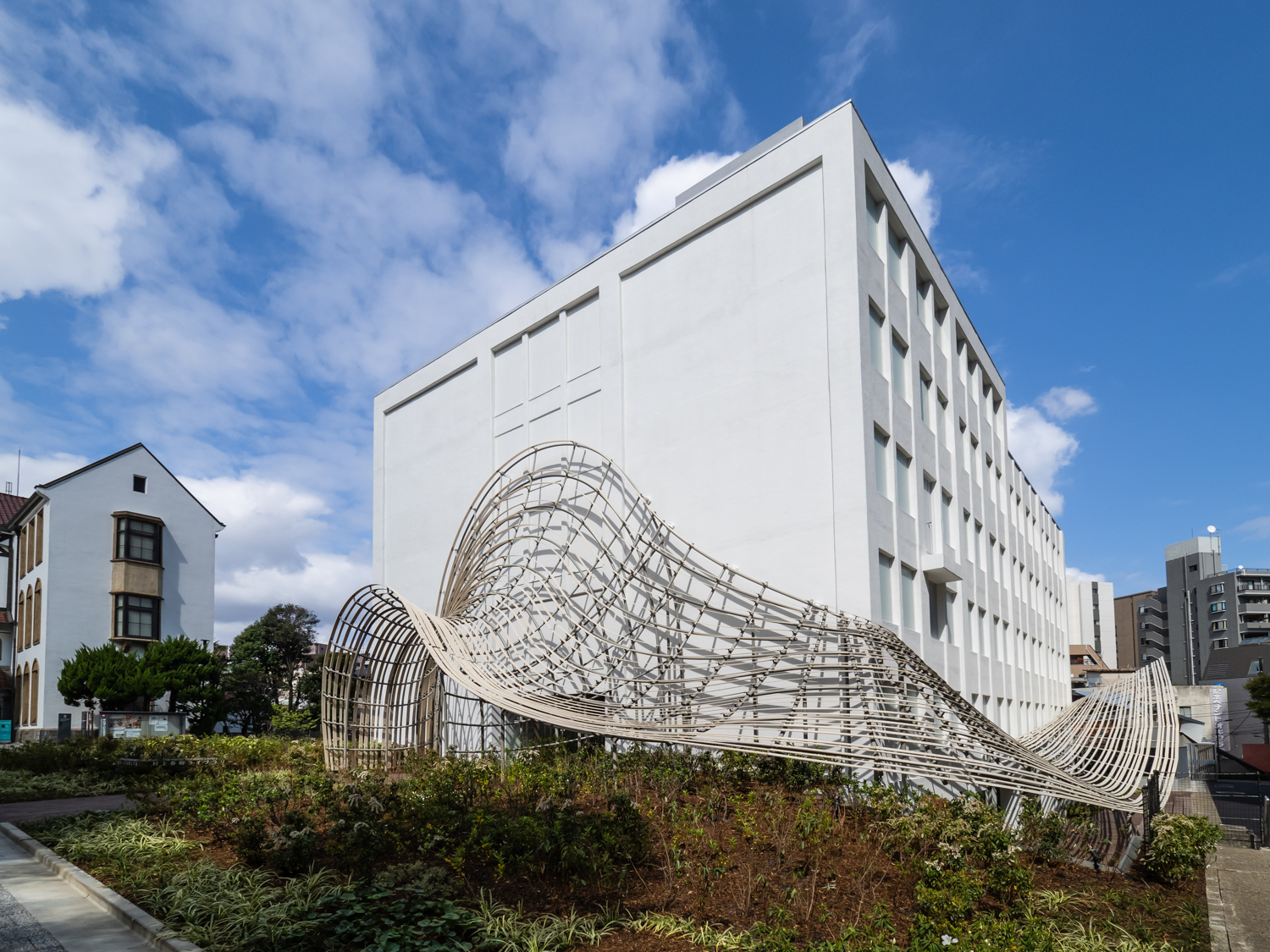
Within the serious-looking concrete structure lies the white space and an undulating wooden tunnel welcoming visitors at the entrance. Tokyo is a city that is built mainly of concrete as a result of its status as an industrial town and Japan’s attempt to rebuild the capital after the devastation the war brought. With Tokyo’s intense and rigid characteristic, the architecture warmly invites visitors into the library’s space surrounded by the delicateness of wood. Various types of wood have been chosen for different parts of the building such as the New Zealand pinewood used with the tunnel’s structure for its flexibility and resistance to bending.
The architect explained that with humans’ close connection with forests and nature in the past, trees and wood are the construction materials that make people feel the safest; similar to the comfort felt by being near a friend or loved one. The wooden tunnel welcomes the inhabitants of the concrete jungle into the interior space where more wood is present.
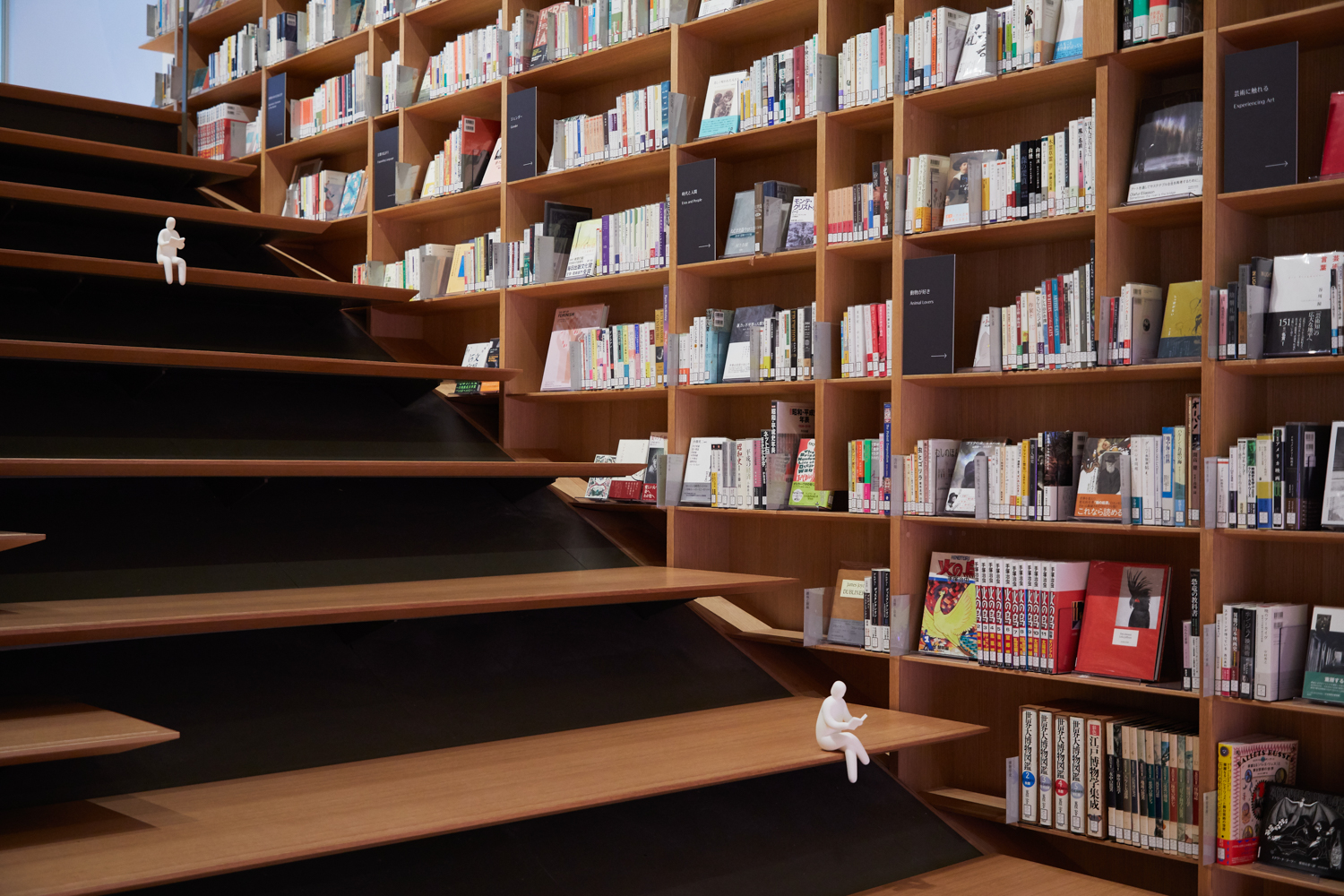
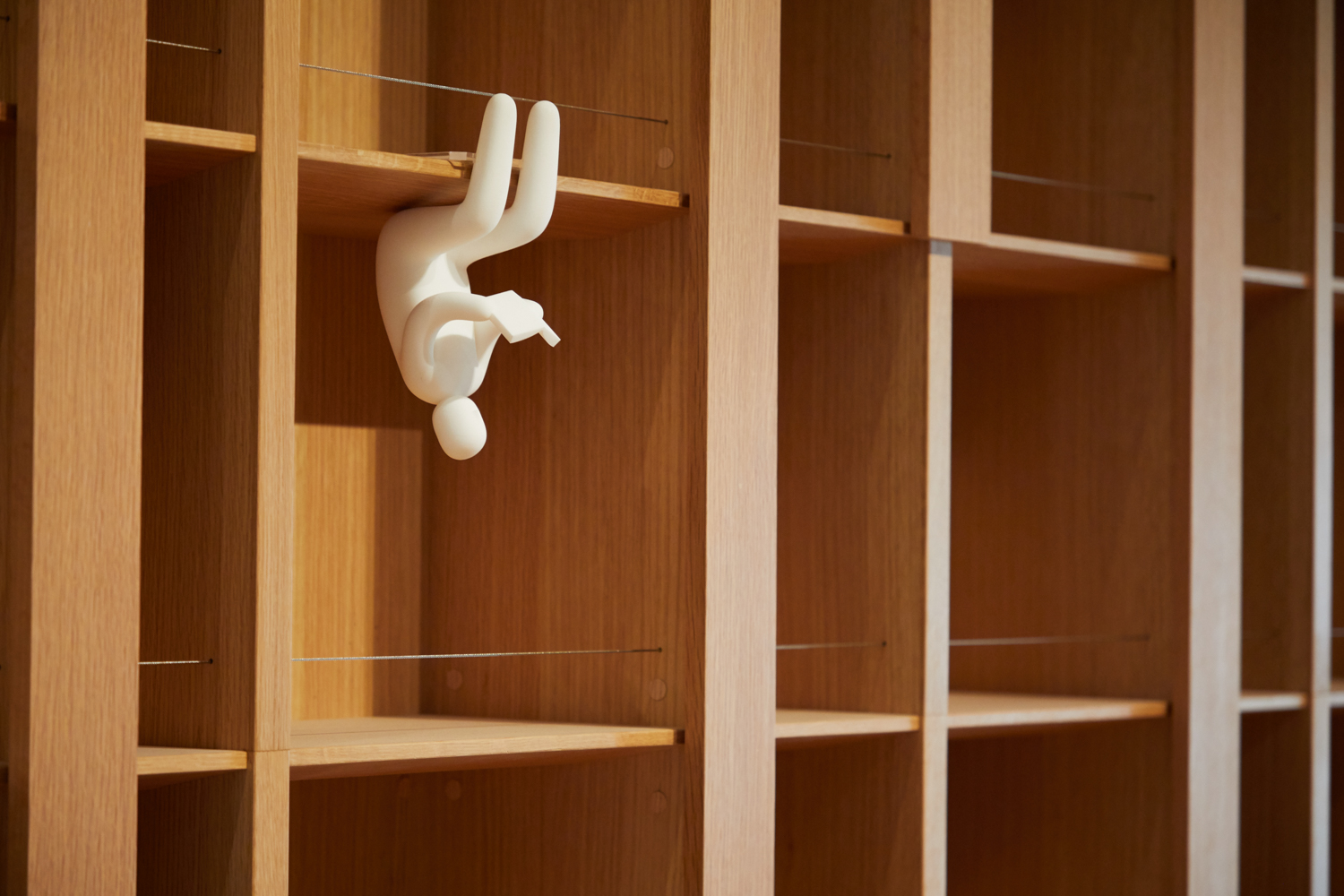
Walking inside the tunnel, one is led through an ascending amphitheater walled with bookshelves made of American White Oak grown in a plantation in Hokkaido. The books in this library are organized differently hence the floor-to-ceiling bookshelves, which at times, can be a bit challenging to reach (according to what the architect explained with laughter). The book tunnel, despite being made of the gorgeous white oak, has the books as the protagonist. Its humble presence is achieved through the shelves’ section where the wood’s thickness is made thinner. Other details of the woodwork include the stairway and the amphitheater with the railing seamlessly included to the structure, which requires one to be extra careful when walking up and down.
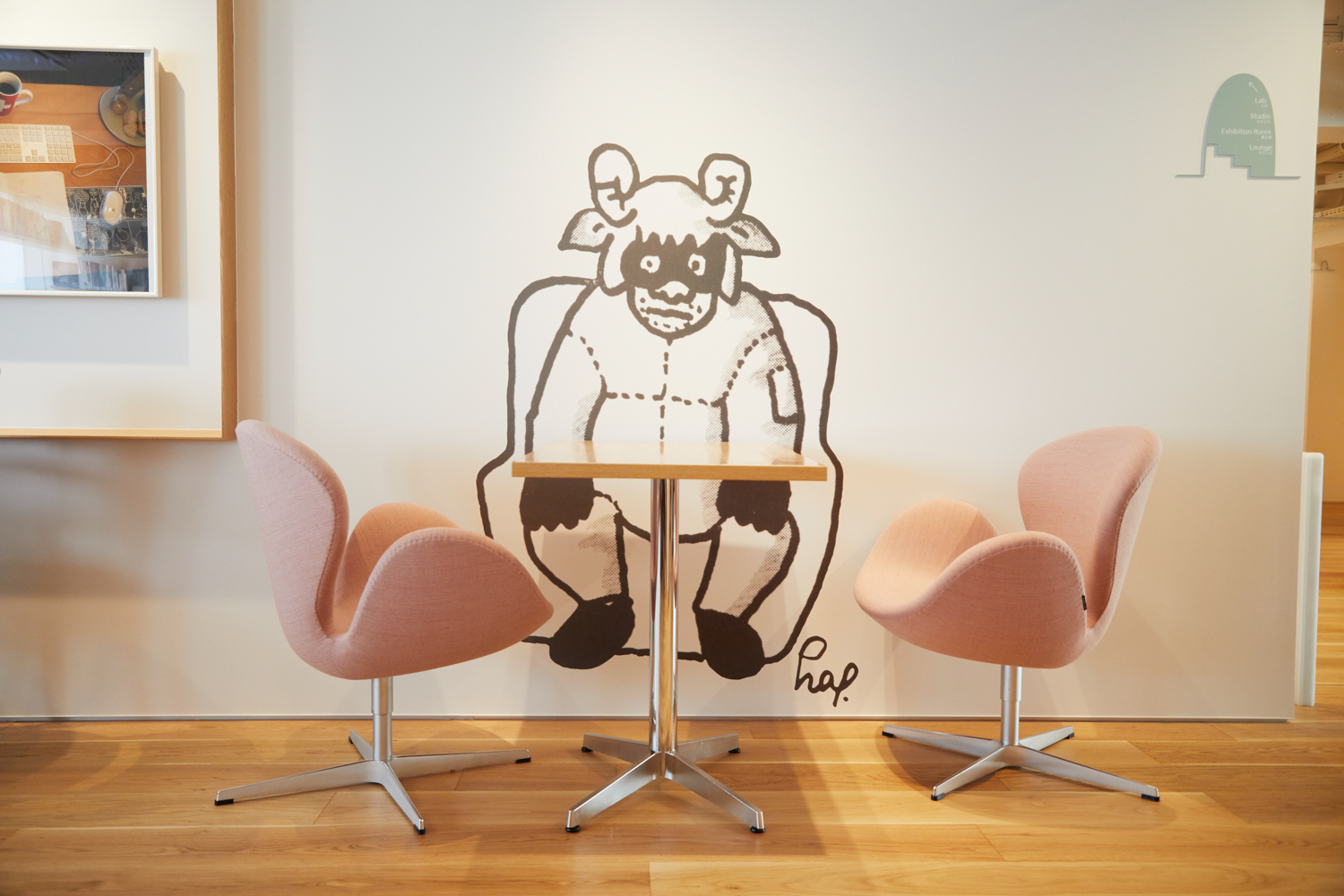
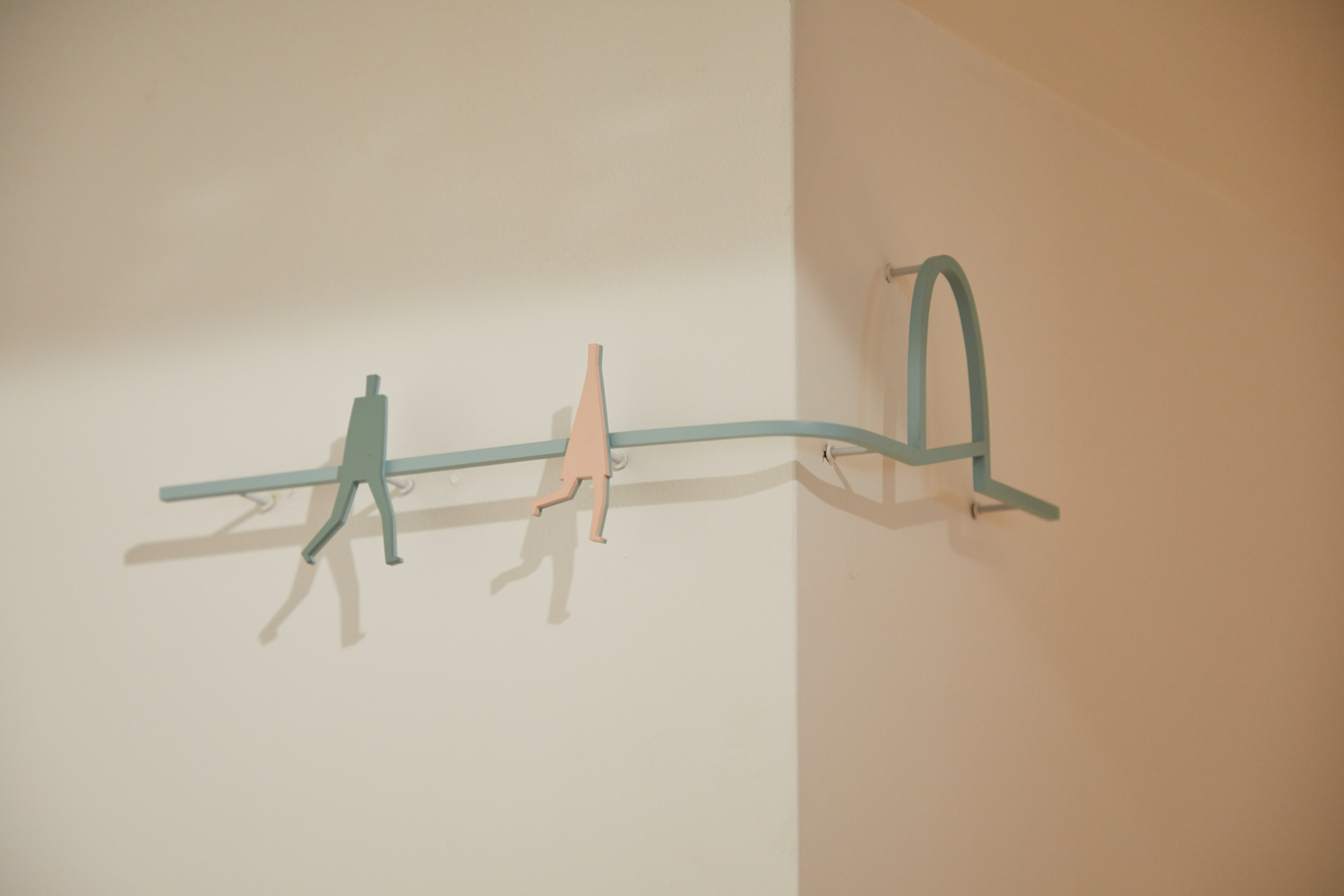
Even the small, installed restroom signs appear to be floating before the wall and in the pale pastel color that bears little difference to the background color. The design heightens the sense of exploration and discovery inside a small world tucked away in a corner of a much bigger outside world.
The space renders an experience akin to reading a good book where one journeys into another world that has its own stories, structures, characters, feelings and miscellaneous details. That’s what the Haruki Murakami Library intends to do; building another world where people can search for meanings inside each book by themselves.


